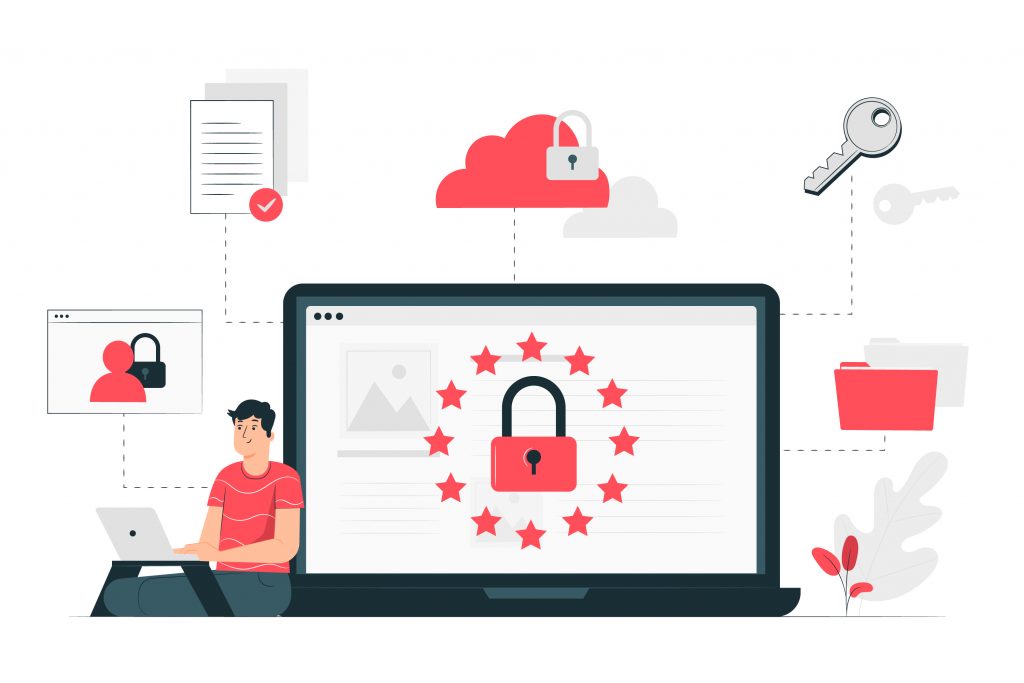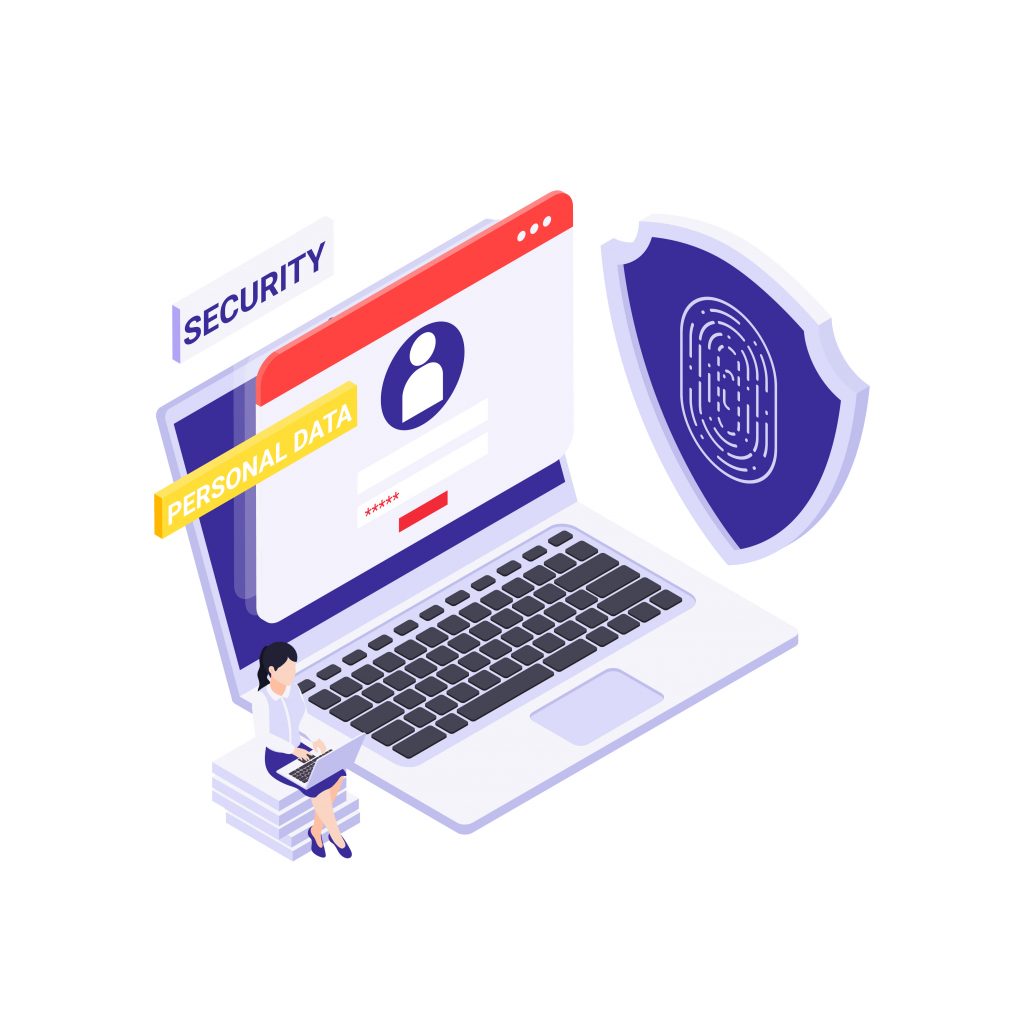In this guide, we’ll provide you with five simple instructions that will help you safeguard your login and password information and reduce the risk of being targeted by cybercriminals. Follow these instructions to ensure that your online accounts and personal information are as secure as possible.

- Use strong, unique passwords for all your accounts.
- Enable two-factor authentication (2FA) whenever possible.
- Avoid sharing your login and password information with anyone.
- Be cautious when clicking on links or downloading attachments from unknown sources.
- Regularly update your passwords and review the security settings
Use strong, unique passwords for all your accounts
This means avoiding using easily guessable passwords, such as “password” or “123456,” and instead choosing complex passwords that are difficult for hackers to crack. It’s also a good idea to use different passwords for different accounts, so that if one password is compromised, the rest of your accounts will remain secure.
Enable two-factor authentication (2FA)
This is an additional layer of security that requires you to enter a code sent to your phone or email in addition to your password when logging in. This helps to protect against hackers who may have obtained your password, as they will also need access to the device that receives the 2FA code in order to log in to your account.

Avoid sharing your login and password information with anyone
Even if someone claims to be from a legitimate company or organization, it’s important to be cautious and not reveal your login and password information to anyone. Scammers may try to trick you into revealing this information by posing as a representative from a bank or other trusted organization.
Be cautious when clicking on links or downloading attachments
Hackers may use malicious links or attachments to trick you into revealing your login and password information or installing malware on your device. Be careful about clicking on links or downloading attachments from unknown sources, and make sure to keep your antivirus software up to date to protect against these threats.

Regularly update your passwords and review security settings:
It’s a good idea to change your passwords on a regular basis, especially if you suspect that your account may have been compromised. You should also review the security settings for all your accounts to ensure that they are set up in the most secure way possible. This may include enabling 2FA, choosing strong passwords, and setting up account recovery options in case you need to reset your password.





